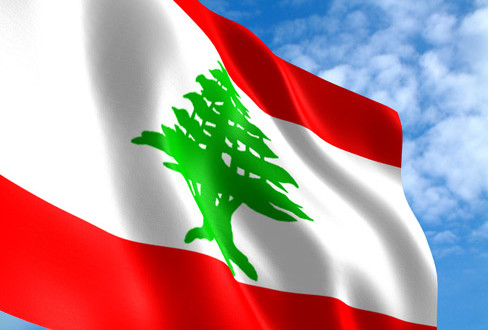The storm could be one of the worst Puerto Rico has seen in generations
19 September, 2017
Residents in Puerto Rico and the Dominican Republic are preparing for potentially devastating storm winds in the next couple of days as Hurricane Maria moves through the Caribbean in what one official says will be an event unseen for generations.
“No generation has seen a hurricane like this since San Felipe II in 1928,” Puerto Rico Governor Ricard Russell said just a day before the storm was projected to hit his island territory. “This is an unprecedented atmosphere system.”
Maria has already destroyed island nations in its path, including in Dominica where Maria hit as a Category 5 hurricane, and leaving “widespread devastation,” according to Prime Minister Roosevelt Skerrit.
The storm hit there with 160 mph (257 kph) winds, tearing apart Mr Skerrit’s house during the evening and leaving the island nation of 73,000 people in tatters. The eye of the storm passed directly over that island.
We “lost all that money can buy,” Mr Skerrit said. “My greatest fear for the morning is that we will wake to news of serious physical injury and possible deaths as a result of likely landslides triggered by persistent rains.”
As Maria moved on, the British Virgin Islands imposed a curfew for residents there, and relief efforts following the impacts of Hurricane Irma were stalled. The National Hurricane Center urged residents in both the British and US Virgin Islands, as well as those in Puerto Rico, to rush to finish their preparations.
“On the forecast track, [Maria] would be the most destructive hurricane in Puerto Rico history,” Eric Blake, a forecaster at the center, tweeted. “Very sobering year.”
The storm could pound islands in the area for a longer period than normally experienced by hurricanes. Maria is a relatively slow moving storm, and that could lead to some areas experiencing sustained high intensity winds.
After crashing through Dominica as a Category 5 hurricane, the storm weakened to a Category 4 hurricane. But, the storm was forecast to strengthen back to Category 5 — the highest rating for the storms — before slamming into Puerto Rico. Once there, Puerto Rico could experience storm surges ranging between six and nine feet.
It is uncertain where Maria might been a week or so from now, as it can be difficult to predict specific wind patterns that could move the storm in one direction or the other.
The region is still reeling from what has been a particularly vicious hurricane season. Just under two weeks ago, Hurricane Irma smashed through the region, causing devastation in its path. That storm ultimately moved north and made landfall in Florida, where millions of people were forced to evacuate, and millions of people lost power.
Most models at this point forecast that Maria will leave the mainland United States alone.
In addition to strong winds that could pull roofs off and send debris flying, Maria could bring heavy rains in its path. That includes up to 25 inches of rain in Puerto Rico in some areas. People living in flood-prone, mudslide-prone, or coastal areas, to leave as soon as possible.
Puerto Rico has opened up hundreds of shelters to help.
 Lebanese Ministry of Information
Lebanese Ministry of Information



